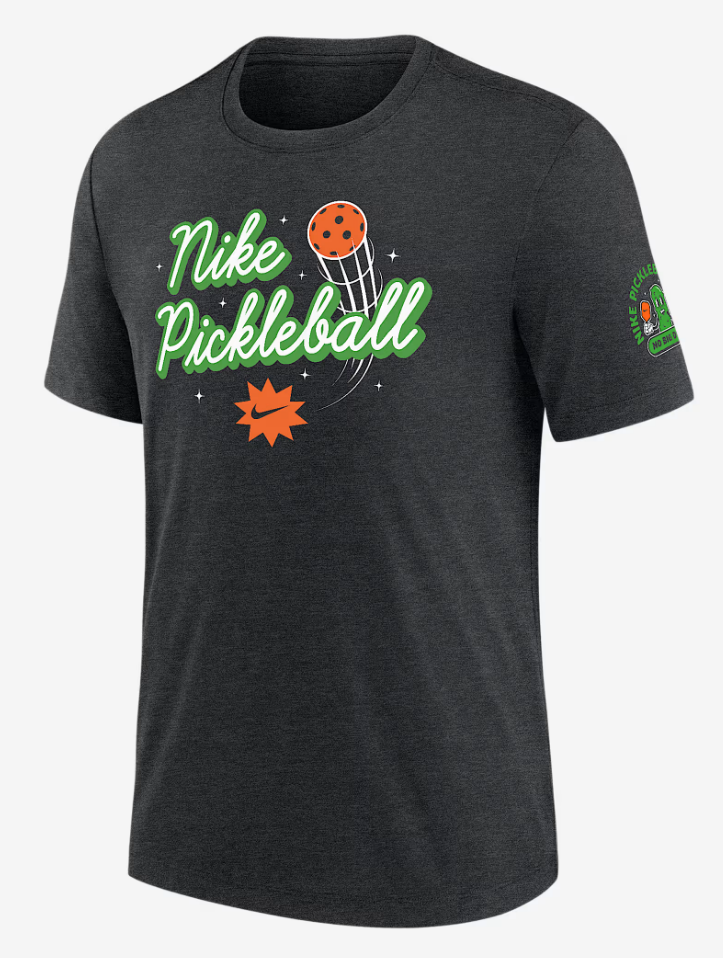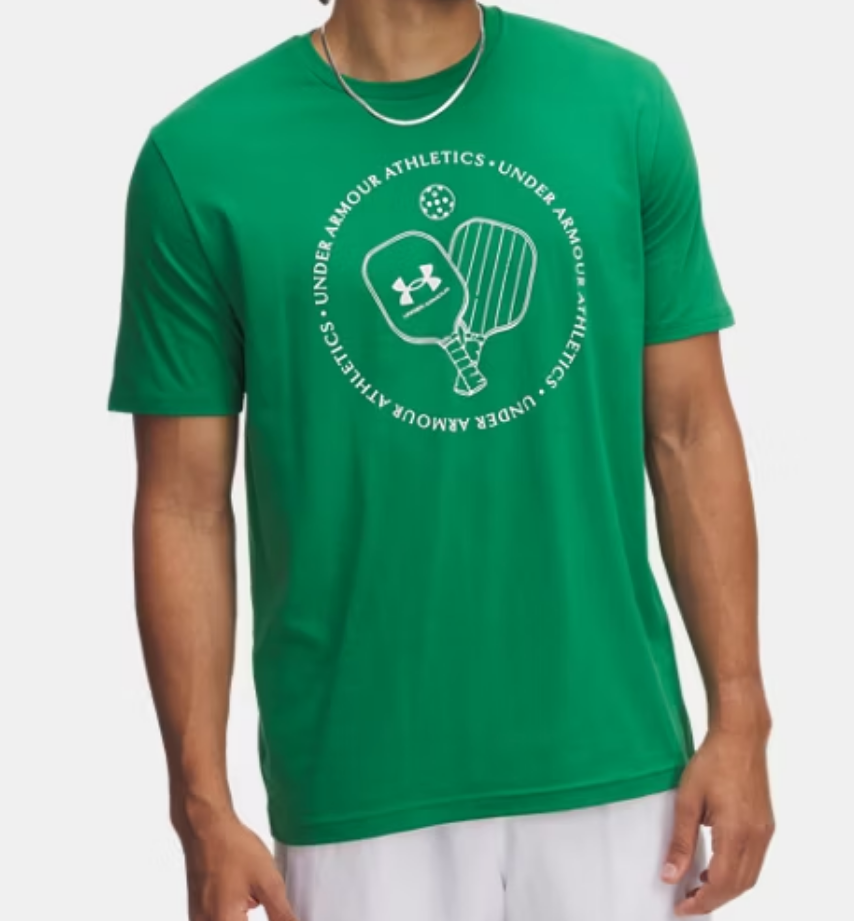Last Updated on November 20, 2025 by Drew Pierce

The $3 billion pickleball market is poised for massive corporate entry in 2025, with major brands like Nike and Under Armour likely to acquire paddle tech or launch specific footwear. For investors, the real opportunity lies in “Pickleball-tainment” venues and premium apparel, as the sport transitions from a hobby to a permanent athletic category.
Pickleball isn’t just a weekend hobby anymore—it’s becoming a business goldmine that’s caught the attention of major corporations worldwide. After diving deep into market research and industry trends, I’ve uncovered some fascinating predictions about which major brands will soon enter this explosive market and why the opportunity is too big to ignore.
The Numbers Don’t Lie: Pickleball’s Massive Market Potential
The financial opportunity in pickleball is staggering. The global pickleball equipment market is projected to reach $1.78 billion in 2025 and nearly double to $3.1 billion by 2032. This isn’t just another sports fad—it’s a fundamental shift in how Americans (and increasingly, the world) approach recreational athletics. 19.8 million people played pickleball in the US in 2024!
What makes these numbers even more impressive is the sport’s unique cross-generational appeal. Unlike many sports that target specific age groups, pickleball attracts everyone from college students to retirees, creating a remarkably stable and diverse customer base that reduces typical investment risks.
The infrastructure growth tells an equally compelling story. In 2024 alone, 7,187 new courts were constructed worldwide—a 26% growth that pushed the global total above 50,000 courts. This massive capital commitment to racquet sports infrastructure creates a ready-made ecosystem that pickleball can leverage.
Why Major Brands Can’t Ignore Pickleball Anymore
For large corporations, especially those struggling with declining revenues in traditional sports markets, pickleball represents a critical lifeline. Take Nike, for example—the sportswear giant recently reported a 10% revenue drop and a devastating 44% plunge in profit. For companies facing these kinds of financial pressures, the high-growth pickleball market isn’t just an opportunity—it’s a necessity.
The sport offers something unique: a chance to build brand loyalty from the ground up in a market that’s still defining itself. Unlike saturated markets like basketball or football, pickleball gives brands the opportunity to become foundational players in a sport’s development.
My Predictions: Which Major Brands Will Enter the Pickleball Market
Based on my analysis of market trends, financial pressures, and strategic positioning, here are my top predictions for major brand entries into pickleball:
Nike: The Acquisition Play (Predicted Entry: Q3/Q4 2025)
Nike’s entry strategy will likely center on strategic acquisitions rather than organic development. The company’s “Win Now” mandate and need for immediate revenue recovery makes acquiring an established paddle manufacturer the most logical path. Plus, Nike is struggling.
I predict Nike will target technically respected brands like JOOLA, Selkirk, or Six Zero—companies that offer proprietary technology such as advanced foam cores or specialized carbon fiber compositions. This approach gives Nike instant credibility in the professional market while leveraging their massive distribution network.
The financial impact could be substantial. My analysis suggests a successful equipment acquisition could contribute $200-350 million in new revenue by fiscal 2027, primarily through the halo effect on apparel and footwear sales.

Under Armour: The Performance-First Strategy
Under Armour’s entry will focus on their core competency: high-performance apparel and footwear. Rather than competing in the complex paddle technology space, UA will likely concentrate on:
- Court-specific footwear designed for the lateral stress and quick movements inherent in pickleball
- Technical performance apparel featuring compression and moisture-wicking technologies
- Strategic sponsorships with Major League Pickleball teams to build authenticity
This approach plays to UA’s “Sports House” identity while avoiding the high capital costs and regulatory risks associated with paddle technology.
New Balance: The Smart Market Penetrator
New Balance has proven exceptionally skilled at capturing market share when industry giants stumble. Their pickleball entry will likely involve licensing agreements or tactical partnerships with second-tier paddle specialists, allowing rapid market entry without the complexity of managing proprietary technical development.
The Infrastructure Gold Rush: Beyond Equipment Sales
The real money in pickleball isn’t just in selling paddles and apparel—it’s in controlling where the game is played. Court rental fees typically range from $20-45 per hour, but the real revenue drivers are food and beverage sales and event hosting.
Life Time fitness has proven this model works, reporting a 51% growth in pickleball players on their courts, directly contributing to the company’s ability to raise revenue guidance. This transforms court space from a cost center into a profit driver.

Topgolf’s Pickleball-tainment Revolution
I predict we’ll see Topgolf or similar entertainment operators launch “Pickleball-tainment” complexes within the next 18 months. The sport’s “high touch, low tech” nature makes it operationally simpler than golf simulators while potentially offering higher profit margins. Hello, Electric Pickle!
These facilities will integrate multiple courts with upscale dining, bars, and event spaces in prime suburban locations—essentially creating the Topgolf experience for pickleball enthusiasts.
Dick’s Sporting Goods: The Retail-as-Experience Model
Dick’s Sporting Goods already recognizes pickleball’s importance with their comprehensive “Pickleball Resource Center.” I expect them to take the next logical step: converting excess retail space into branded court operations.
This “retail-as-experience” model creates a captive sales channel where players drawn by court fees are naturally funneled through equipment purchases, solving traditional sporting goods retail’s chronic foot-traffic challenges.
The Lululemon Blueprint: Why Premium Positioning Works
Lululemon’s partnership with Life Time demonstrates the power of premium positioning in pickleball. By aligning with “the largest owner and operator of indoor and outdoor pickleball courts in the nation” (nearly 700 courts), Lululemon created a controlled distribution channel directly to affluent, active consumers.
This strategy generates 60-70% gross margins on technical pickleball apparel—an extremely attractive profit profile that other premium brands will undoubtedly try to replicate.
Key Risks and Challenges Ahead
Despite the massive opportunity, several risks could derail unprepared entrants:
Regulatory Changes
The rapid technological advancement in paddle design creates regulatory risk. Governing bodies like USA Pickleball may implement restrictions to maintain competitive balance, potentially obsoleting expensive acquired technologies overnight.
Market Saturation
Infrastructure operators face the risk of over-expansion in saturated markets, which could deflate court rental fees and undermine profitability. Success requires careful market mapping to avoid density cannibalization.
Technology Fragmentation
The equipment market’s hyper-innovation cycle means brands must continuously invest in R&D or risk obsolescence. The barrier to entry for paddle technology is surprisingly high, requiring either significant M&A investment or years of specialized development.
The Bottom Line: Timing Is Everything
The window for optimal entry into pickleball is narrowing rapidly. Equipment valuations will only accelerate as the market matures, making early 2026 the critical decision point for major brands.
For investors and business leaders, the message is clear: pickleball represents one of the most accessible, high-growth opportunities in modern athletics. The brands that move decisively now will establish themselves as foundational players in what’s becoming a $3 billion market.
The question isn’t whether major brands will enter pickleball—it’s who will move fast enough to capture the biggest piece of this rapidly expanding pie. Based on my analysis, we’re about to witness a corporate gold rush unlike anything we’ve seen in sports business in decades.
What do you think? Are you seeing pickleball’s growth in your community? Which brands do you expect to make the first move?
